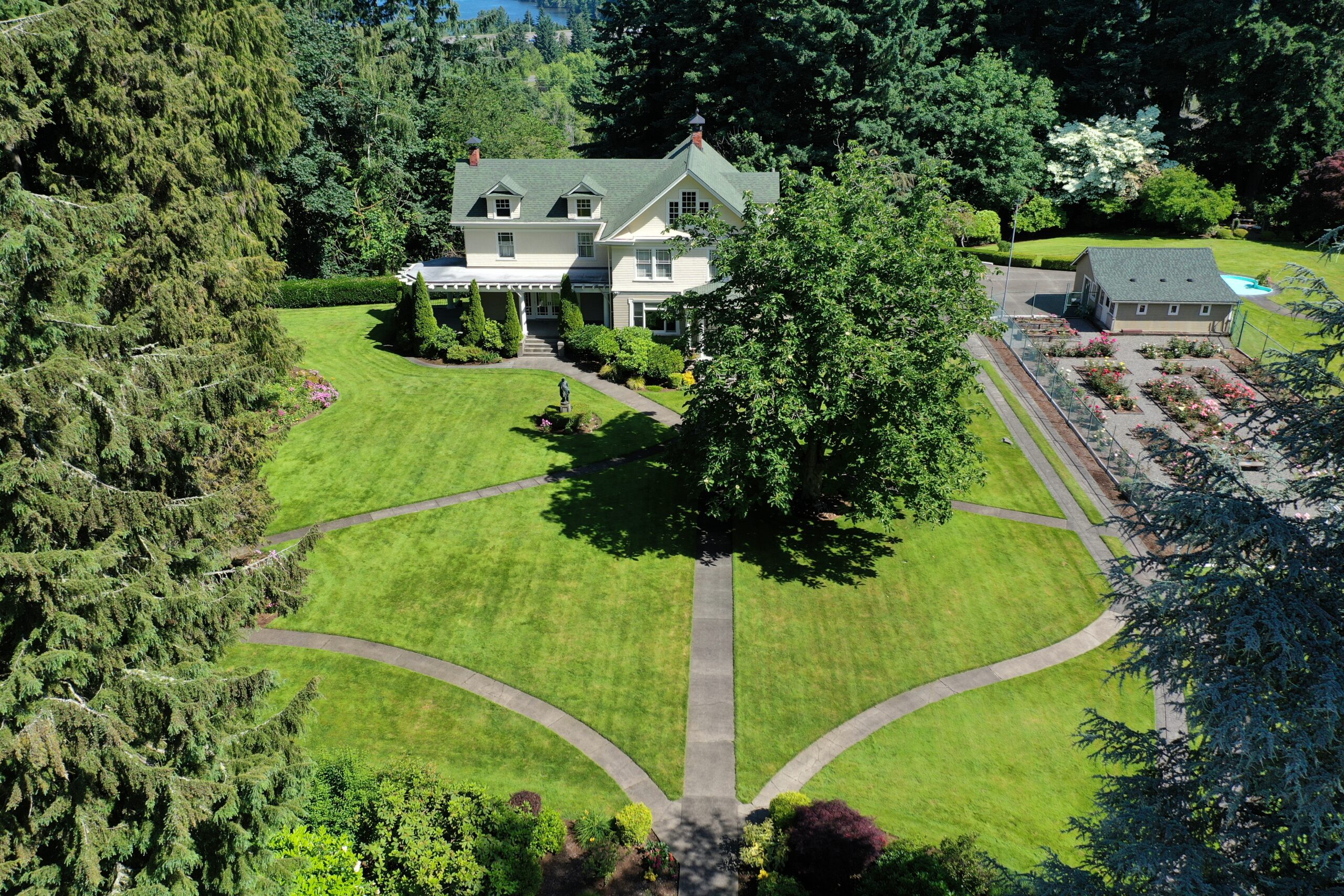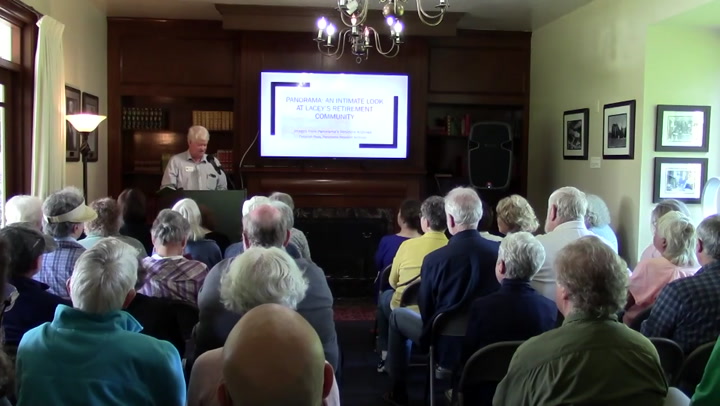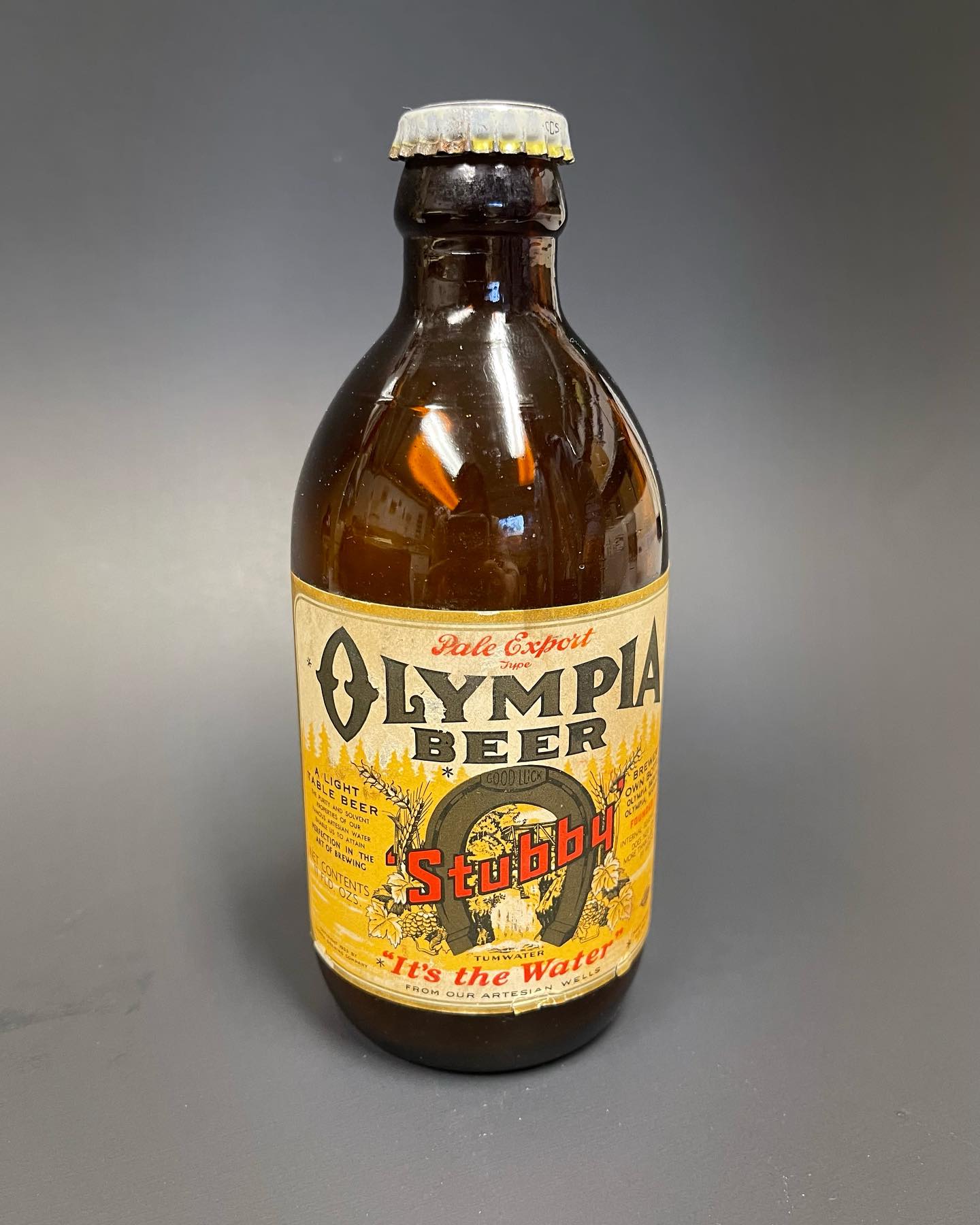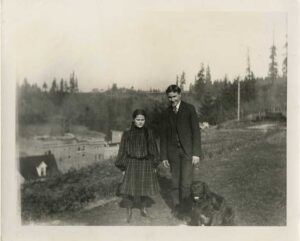Back in 1962, the Olympia Brewing Company of Tumwater, Washington added a new container to their line: a seven-ounce can affectionately dubbed the “Little Oly.” The tiny can was at first test-marketed in Oregon and a few other states that allowed the little containers. The concept proved popular with “lady customers” as well as “boaters, campers, fishermen and many others for reasons of novelty, space-saving, daintiness, small-thirst, and so on,” according to an interview with then brewery president Bump Schmidt. A couple of frat rats at Oregon State University in Corvallis were fond of the little cans of Oly and put them to a unique use which the brewery hadn’t foreseen.
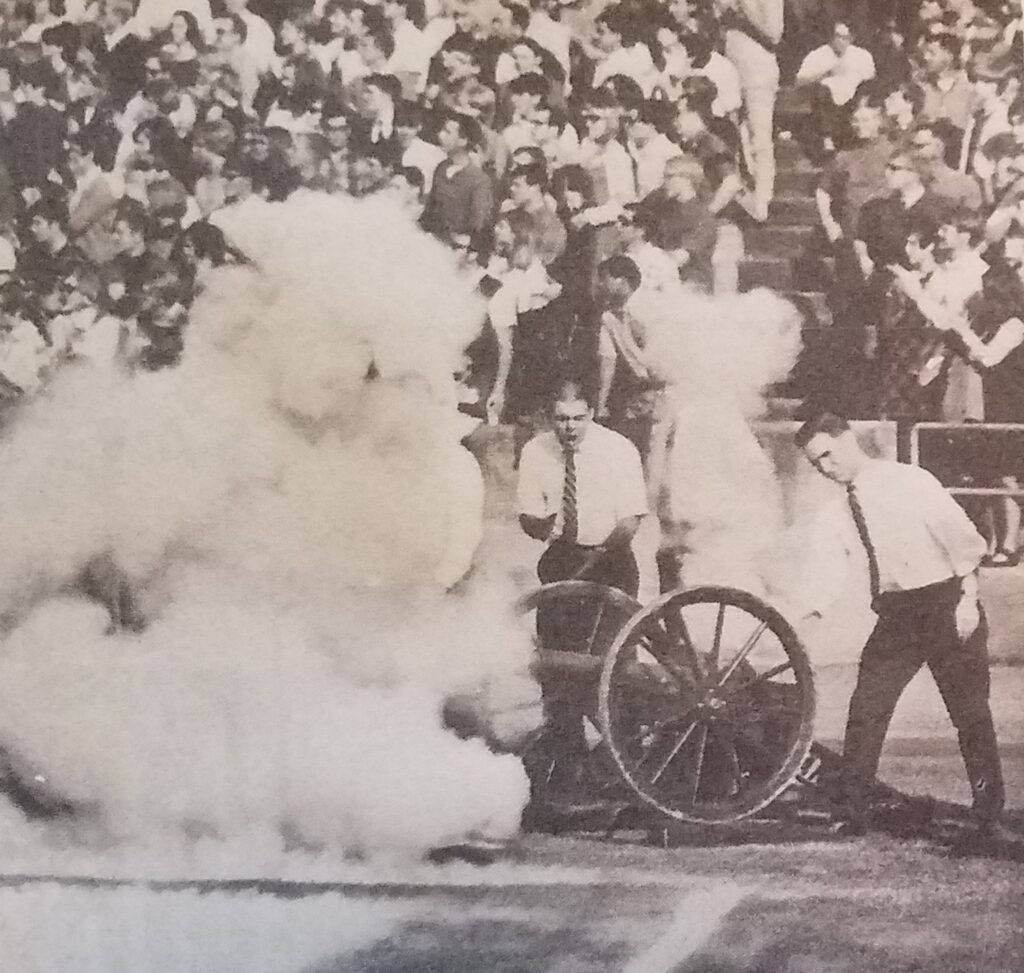
Bruce Stennett, a junior in 1965, was reading a magazine article on ‘do it yourself’ manufacturing of firearms. Finishing the article, he turned to his fraternity brother, Terry Brock, and nonchalantly said, “Let’s build a cannon.” Terry, a senior mechanical engineering student, was not in the least dismayed by his friend’s statement and with equal aplomb replied, “Great. When do we start?” The initial question that had to be resolved was the size of the projectile that was to be used, for this would determine the size of the bore of the dreamed-of field piece. To the two OSU students, the answer was figuratively, if not literally, right at hand—a seven-ounce Little Oly’ can.
This point settled, thorough planning and diligent construction of the ‘Little Oly’ cannon got underway. The Little Oly cans proved to be about 55 millimeters in diameter. So over the Christmas vacation of 1965, Terry used a homemade tool to bore a cannon barrel just wide enough to accept the ammo. Once that job was done, Bruce and Terry built the gun carriage. The cannon had a few mechanical issues, but those were eventually fixed with the help of Brock Engineering in Burbank, California, and the Benz Spring Company of Portland, Oregon. As might be expected, Stennett recalled, “The most enjoyable part of this cannon shooting is the manufacture of ammunition. At least a week before shooting, we all got together for an evening of emptying a good number of seven ounce ‘Little Olys.’ These are then filled with concrete and allowed to set up for six to seven days.” The college men took the cannon out to California’s Mojave Desert for test firing. They loaded the 80-pound barrel with three to four ounces of black powder, followed by a concrete-filled Little Oly can which weighed about a pound and a half.
The charge was set off by a long fuse, and produced “a great quantity of smoke, fire, and muzzle blast.” And how far did the can go? The guys never saw the round hit the ground—so let’s just call it a l-o- o-o-o-n-g way. Additional tests showed that in flight the can zoomed along at about 1,000 feet per second. Fellow students John Heinz and John Lytle joined the gun crew, and the cannon became a familiar sight at OSU football games and other festivities (fired without ammo, of course). “Some games we used lots of black powder and toilet paper wadding, other games not so much. It is of interest that after the late ‘60s when the cannon was no longer fired, OSU football entered a 29-year slump.” But the cannon and crew had non- football adventures, too. As Bruce said, “Having your own cannon is loads of fun and a great conversation piece. Further testing at Warm Springs [Indian Reservation], Oregon, where John Heinz worked, brought down the wrath of the Indian Police Chief for firing a cannon on his reservation without prior notice and approval.
He had received reports of massive explosions and great clouds of smoke coming from the Warm Springs Rifle Range. He was not amused but let us continue shooting.” “Another time the Corvallis Police Department detained us when we were hauling the cannon through town behind Brock’s Mustang. Seems a concerned citizen reported to the police that some college kids had stolen a cannon from the Oregon National Guard. We were surrounded by police and plain-clothes officers. They took one look… and said ‘No army has used a cannon like this in hundreds of years.’ We were allowed to continue hauling I down the street.” Eventually, the guys wrote a letter to Bobby Schmidt, by then the president of the Olympia Brewing Company, describing their project and telling him, “If you ever need a testimonial as to the shootability of your beer cans and the drinkability of your beer, just let us know.” Always grateful to devoted customers, Bobby sent a small token of his appreciation: an Oly delivery truck showed up at the fraternity house and dropped off a case of Little Oly cans (full, of course), along with an invitation to stop in at the brewery sometime.
That sometime came in March 1967, when the gun crew drove up to Tumwater while on spring vacation; the cannon was disassembled and stowed in the trunk of their car. The crew, brewery officials, and the local sheriff moved to a deserted spot on the brewery grounds. The cannon “was quickly assembled, stoked with black powder and projectile, fused and fired, all with precision and appropriate caution” and blew a tidy hole right through a 55-gallon drum. All present were impressed— impressed enough to run a full-page article in an issue of It’s the Water News, the brewery’s employee magazine. By 1969, the federal government had somehow heard about the cannon, and thought it just might violate a few regulations. So the cannon builders were asked to bring the gun to the Portland office of the Alcohol and Tobacco Tax Division (forerunner of today’s Alcohol, Tobacco and Firearms).
After inspecting the cannon, the feds said the only “relevant” rule they could find was one that allowed old soldiers’ homes to have small black powder cannons for ceremonial purposes. The guys were told they could keep the cannon, but not to shoot “high explosive warheads” with it. Darn. Bruce wrote, “We like to think we helped with the advancement of human knowledge.
Before the Oregon bottle bill, people were always asking us what to do with the empties. Terry and I suggested filling them with concrete and shooting them out of a cannon.” Lest you think this cannon project was all fun and games, Terry eventually received an award from a mechanical engineering society for his work on measuring the expansion of the barrel during firing. As late as 1990, one of the fraternity brothers had the cannon at his home in Portland. The current location of the cannon is unknown.
Karen Johnson, Schmidt House Curator
This article was previously published in the Nov/Dec 2020 issue of the American Breweriana Journal.



